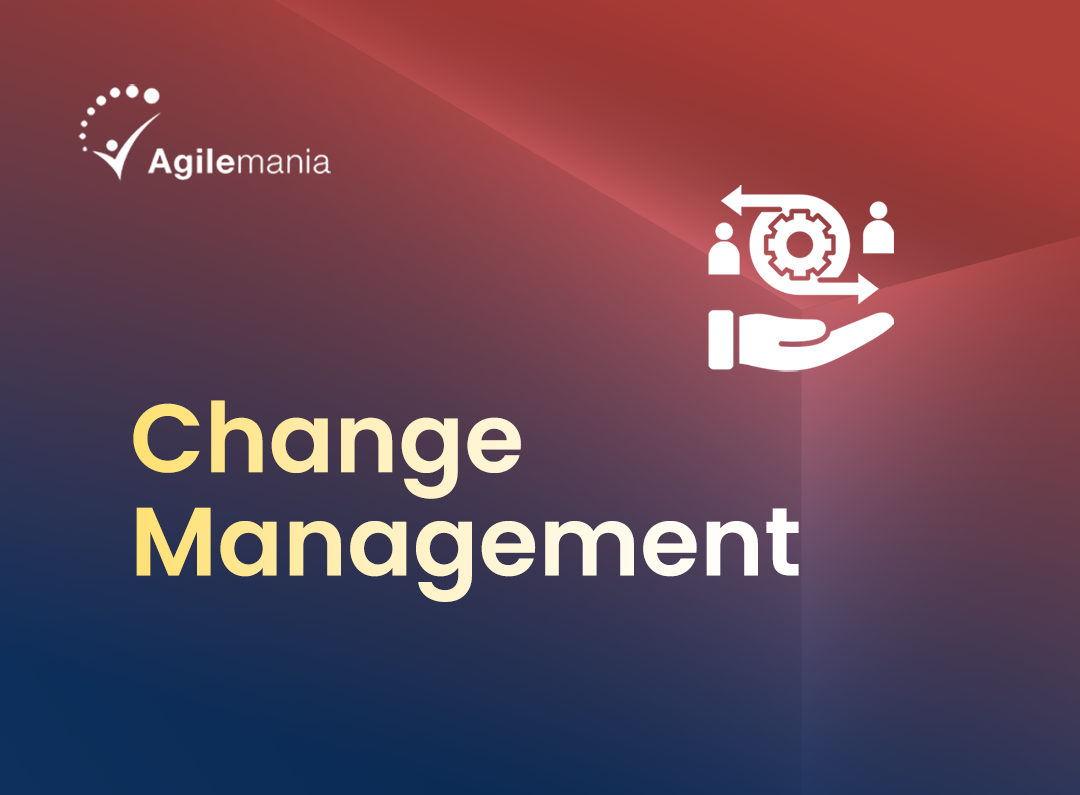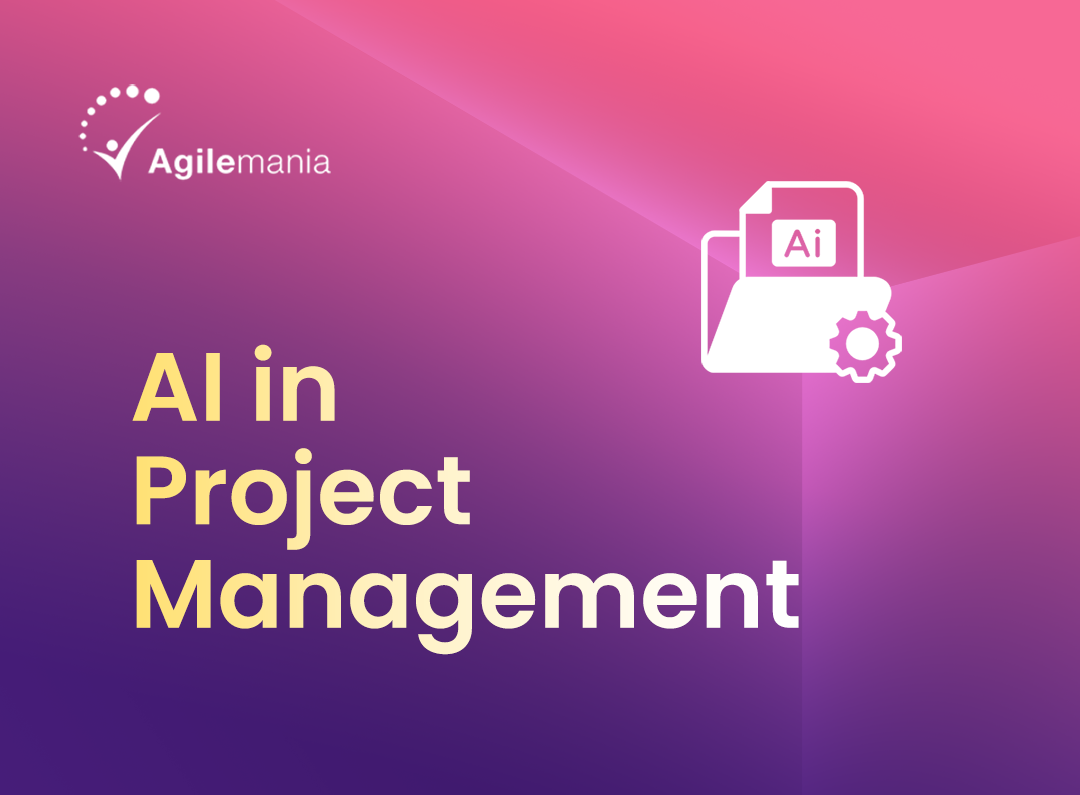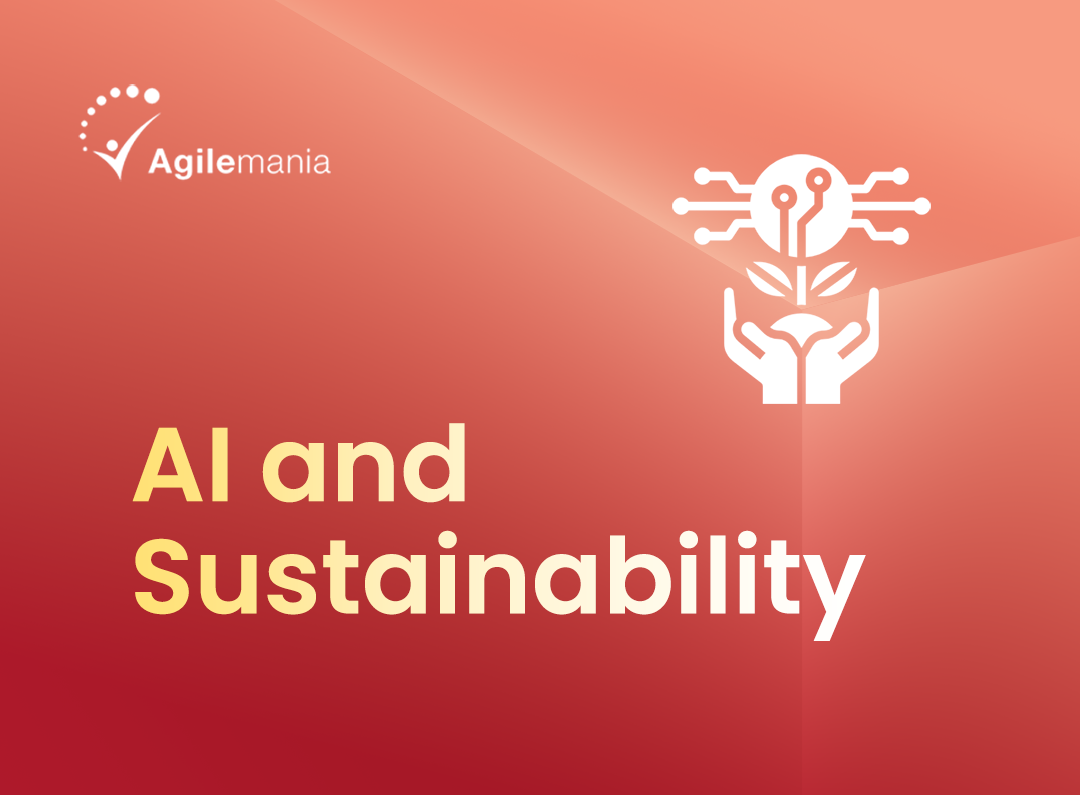Product development is a crucial aspect of any business aiming to bring new products to market. A well-structured product development process can significantly enhance the chances of success. Below, we’ll explore the six key stages of product development, providing examples to illustrate each step.
1. Idea Generation
The product development process begins with idea generation, where businesses brainstorm and gather ideas for potential new products. These ideas can stem from various sources, including customer feedback, market research, competitor analysis, or internal innovation teams.
Example: Consider Apple’s development of the iPhone. The idea was born out of the need to merge an iPod, a phone, and an internet communicator into one device. This concept was driven by market trends and the increasing demand for multifunctional devices.
2. Idea Screening
Once a pool of ideas is generated, the next step is to screen them. Idea screening involves evaluating the feasibility, market potential, and alignment with company objectives. The goal is to filter out ideas that are not viable and focus on those with the best potential for success.
Example: Let’s look at Coca-Cola’s introduction of new flavors. The company may generate numerous flavor ideas, but through idea screening, it narrows down to those that align with brand identity and market trends, like the successful launch of Coca-Cola Cherry and Coca-Cola Vanilla.
3. Concept Development and Testing
After the idea is screened and approved, it moves into the concept development and testing phase. Here, the idea is turned into a tangible concept that can be tested. This phase involves detailed research, concept development, and the creation of prototypes. It’s crucial to gather feedback from potential customers during this stage to refine the product.
Example: When Netflix transitioned from DVD rentals to streaming, the company tested the concept of a subscription-based streaming service. They gauged customer interest through trials and feedback, which informed the final product offering.
Need Support in Implementing Agile Practices Across Your Product Teams?
Explore Agilemania's expert-led coaching and workshops for scalable success.
Let’s get started today!4. Business Analysis
With a validated concept, the next stage involves a thorough business analysis. This includes estimating the cost of production, pricing strategies, sales forecasts, and potential profitability. The analysis also considers the market conditions, competition, and risks associated with the product launch.
Example: Tesla, before launching any new model, conducts a detailed business analysis to estimate production costs, set pricing, and forecast sales. This analysis ensures that the new model will be profitable and align with the company’s financial goals.
5. Product Development
This stage involves the actual development of the product. The R&D team works on creating prototypes, refining the product’s design, and resolving any technical challenges. Once the prototype is satisfactory, the product is manufactured on a larger scale for further testing or limited release.
Example: Dyson’s development of their vacuum cleaners involved years of research and development. Prototypes were created, tested, and refined multiple times before the final product was ready for the market. This iterative process was key to Dyson’s success.
6. Commercialization
The final stage is commercialization, where the product is launched into the market. This stage involves marketing, sales strategy, and distribution planning. A successful product launch requires a well-coordinated effort to ensure the product reaches the target audience and meets sales expectations.
Example: The launch of the PlayStation 5 by Sony is a classic example of effective commercialization. Sony invested heavily in marketing campaigns, partnerships, and distribution channels to ensure a successful product launch. The strategy resulted in record-breaking sales.
Conclusion
Understanding the product development process is essential for businesses aiming to innovate and stay competitive. Each stage—from idea generation to commercialization—plays a critical role in bringing a product to market successfully. By following these six stages, companies can better navigate the complexities of product development and increase their chances of creating products that resonate with customers and succeed in the market.






























































































